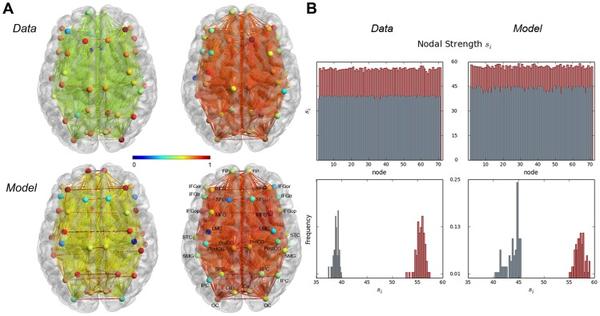Neural Control of Speech Production
As a long-standing research direction, we continue our studies on normal motor control during complex learned behaviors, such as speech production. We use multi-modal neuroimaging and neural modeling in order to elucidate the organization of functional and structural brain networks underlying the production of a spoken word in healthy individuals.
Central Mechanisms of Speech Control

Speech production is one of the most complex and rapid motor behaviors that are uniquely human. The development of our ability to speak relies on the abilities to listen to the speech, comprehend and process the meaning of heard words, and precisely coordinate the function of more than 100 laryngeal, orofacial and respiratory muscles in order to utter speech sounds. Neural correlates of speech production have been explored for over a century. However, a number of questions still remain unanswered about their structure and function in both healthy humans and patients with neurological voice and speech disorders. Our research focuses on the organization of functional and structural brain networks during speech production, the temporal characteristics of the laryngeal motor cortical activity, and how different neurotransmitters (e.g., dopamine, GABA) influence and modulate the brain networks during speaking and other laryngeal behaviors.
Neural Modeling of Speech Production

Starting with the Hodgkin-Huxley model in the 1950s, the fundamental concept of computational neuroscience has always been to understand the theoretical mechanisms of information processing in the human brain. The exponential growth of computing power in recent years allowed detailed simulations of brain activity using large-scale neural models. We are developing multi-compartment neural population models based on detailed neurophysiological considerations using our experimental data. Through neural modeling, we are targeting the unanswered questions about the functional networks and neurotransmitter function in speech control, which are difficult to address experimentally due to either invasiveness of applied methods or technical challenges. One example of these studies is to determine the extent of dopaminergic and GABAergic influence on the well-known lateralization of functional and structural brain networks controlling speech production.
